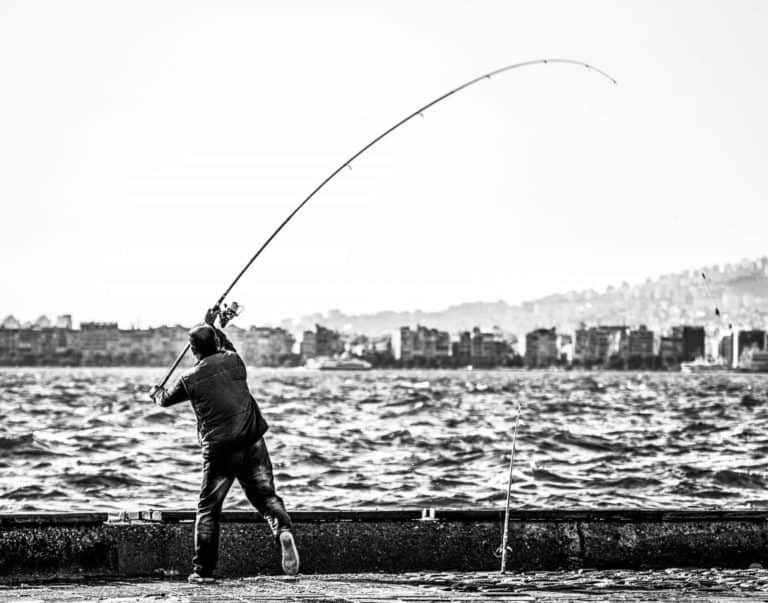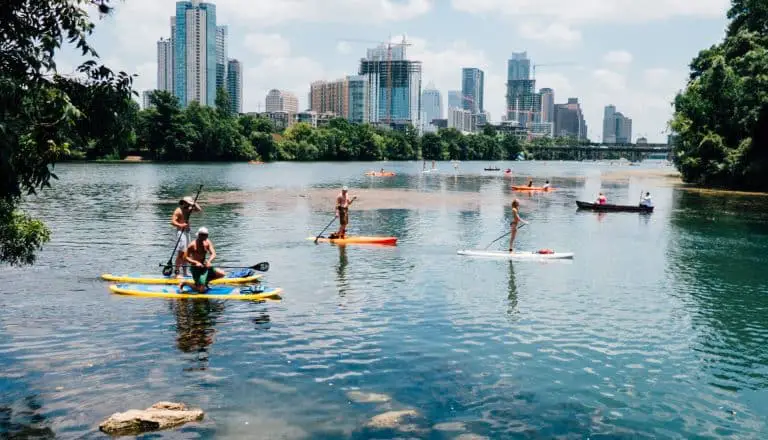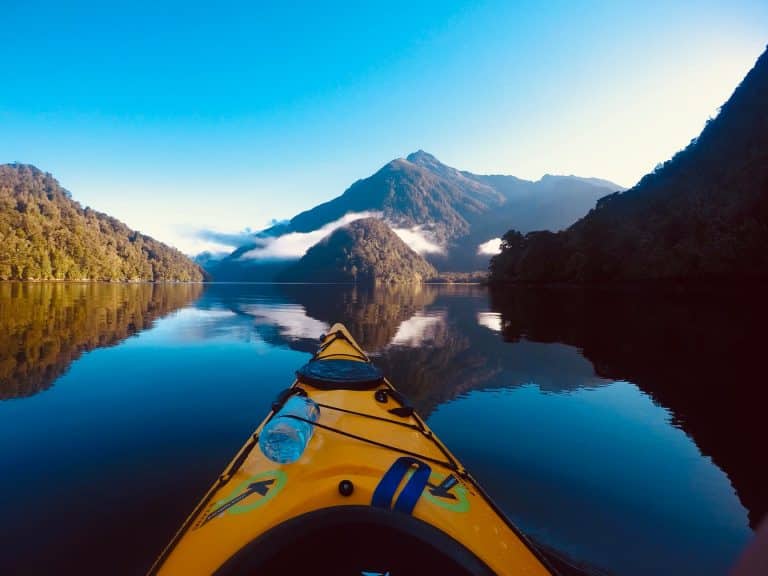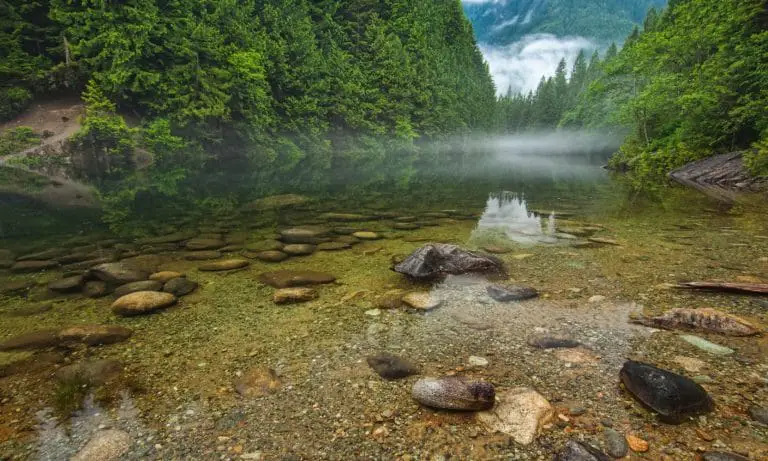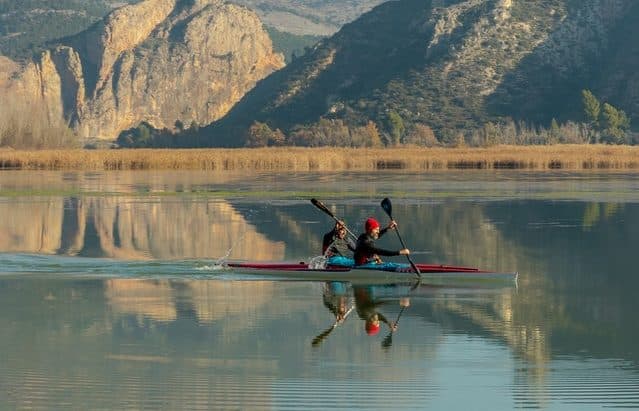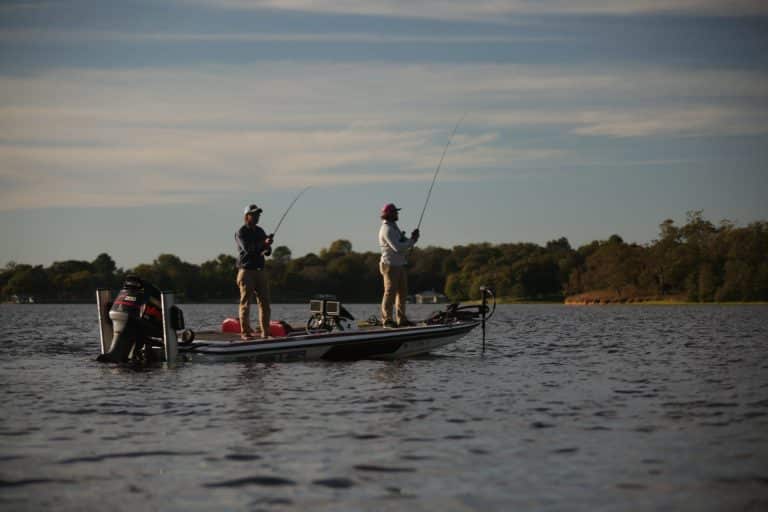A Guide To Different Snowboard Types – Every Size & Shape
Introduction
So, you’ve decided to buy a snowboard! On behalf of the snowboarding community, we’d like to welcome you aboard.
There are lots you’ll need to know about snowboards themselves before you buy one, so here’s a breakdown of some commonly used jargon and information about snowboarding generally.
We’ll then go on to discuss the five main snowboard designs and offer some top tips for anyone looking to pick out their own board.
Different Types of Snowboards
There are lots of different types of snowboards. The one you end up with will need to match your budget, ability level and be perfect for the type of snowboarding you’d like to do. There’s four main types of board, and there will be variations between different models of them.
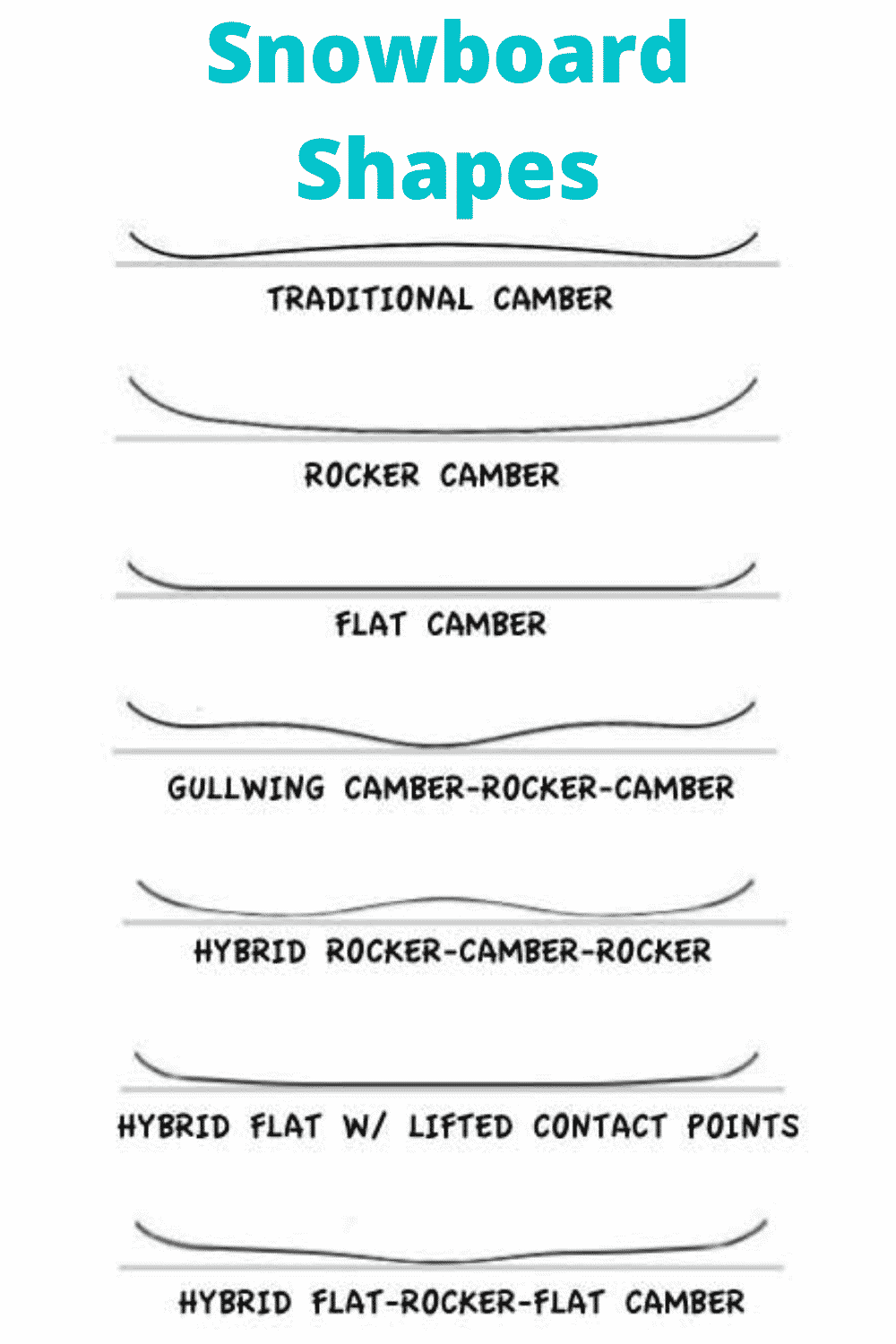
The Free-ride board:
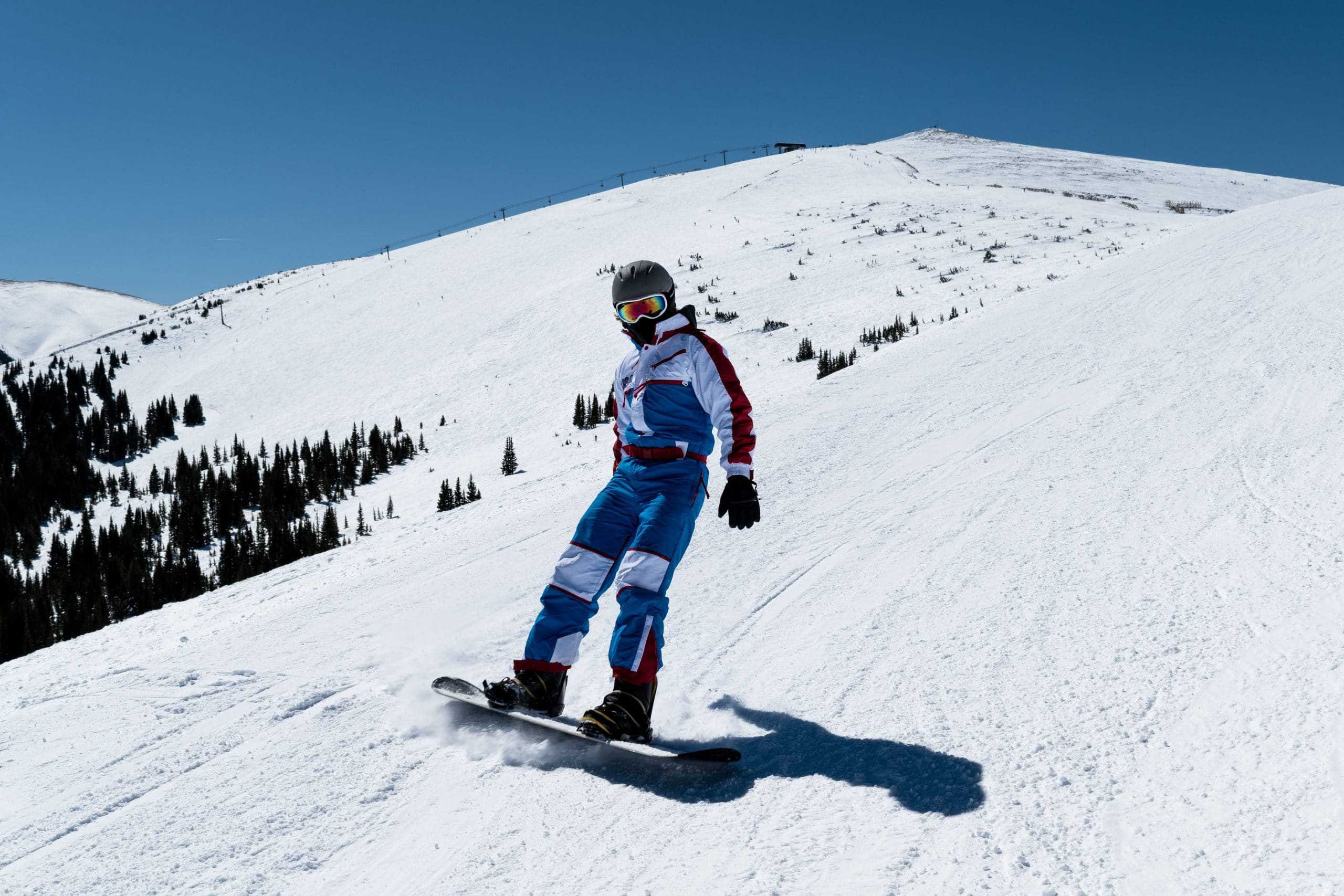
The freeride board is extremely popular. About half of all snowboards are freerides.
Freeride boards are shaped to be ridden in one direction. This means their tails are shorter, more narrow and flatter than the nose. They’re suitable for beginners (you’ll struggle to find a snowboard that’s advertised ‘beginner’, but this is a good one to start with) and they’re easy to maneuver. If you’re new to snowboarding and still need to practice turning, the freeride board would be ideal. They aren’t as agile as freestyle boards and can be stiff.
They’re also referred to as the ‘all mountain board’, partially due to their versatility and because they can be taken down steep slopes.
The Freestyle board:
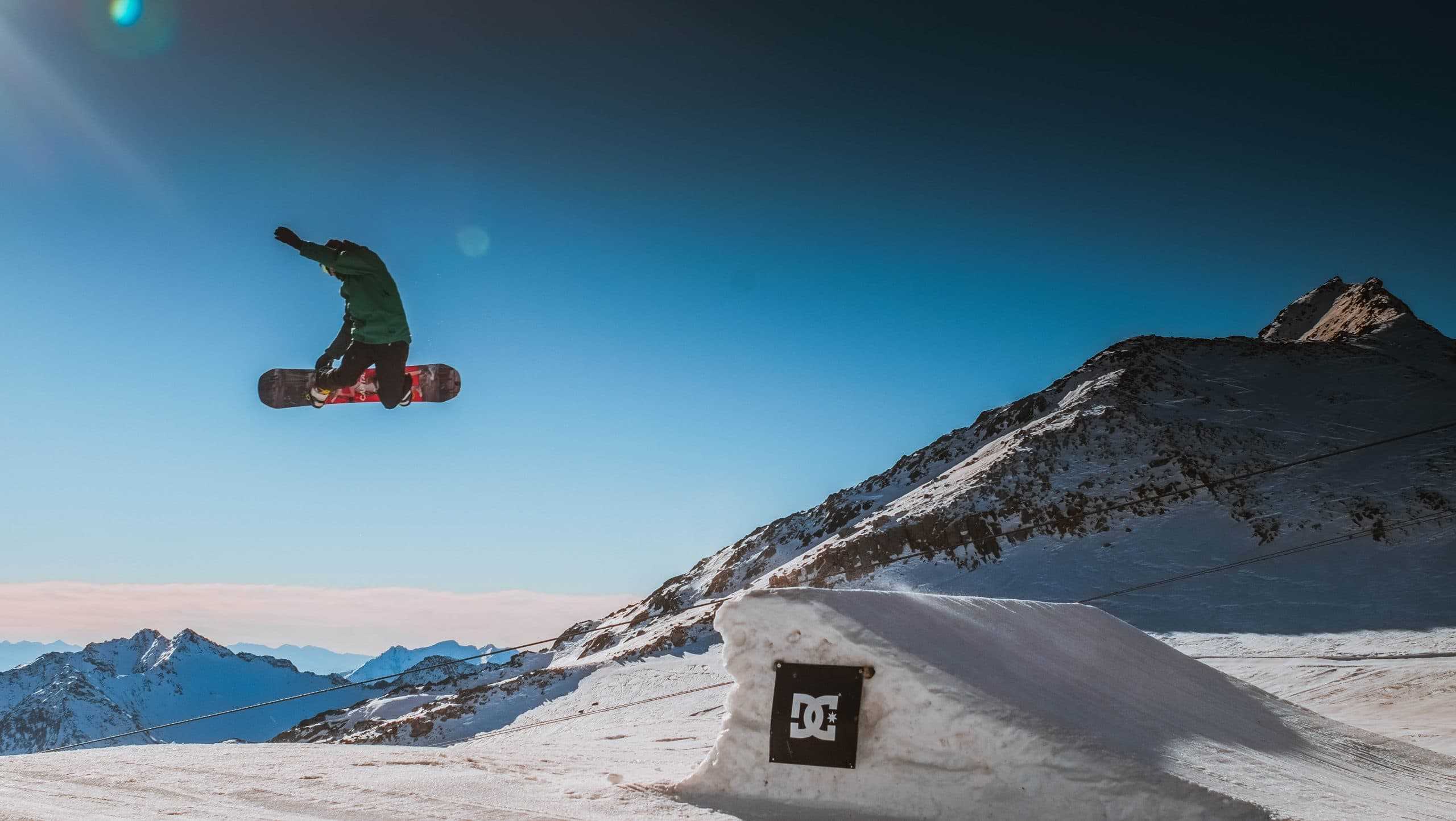
Despite the similar sounding names, freestyle boards are different from freeride boards. Freestyle boards are also sometimes called ‘park boards’. They’re more stable, wider and shorter and easier to flex and turn. They’re softer, which makes them better for nose and tail presses (where you balance just on the nose or tail of your board) and makes landing from jumps easier.
Freestyle boards, like freeride boards, are suitable for beginners. When you’re a little more confident and experienced you can even try tricks like spins, riding fakie (with your ‘back’ foot in front) and air grabs. The disadvantages are that they’re not good for carving turns or going particularly fast.
Freestyle boards are usually either twin tip or directional twin (see definitions above), so they’re symmetrical.
Carving boards:
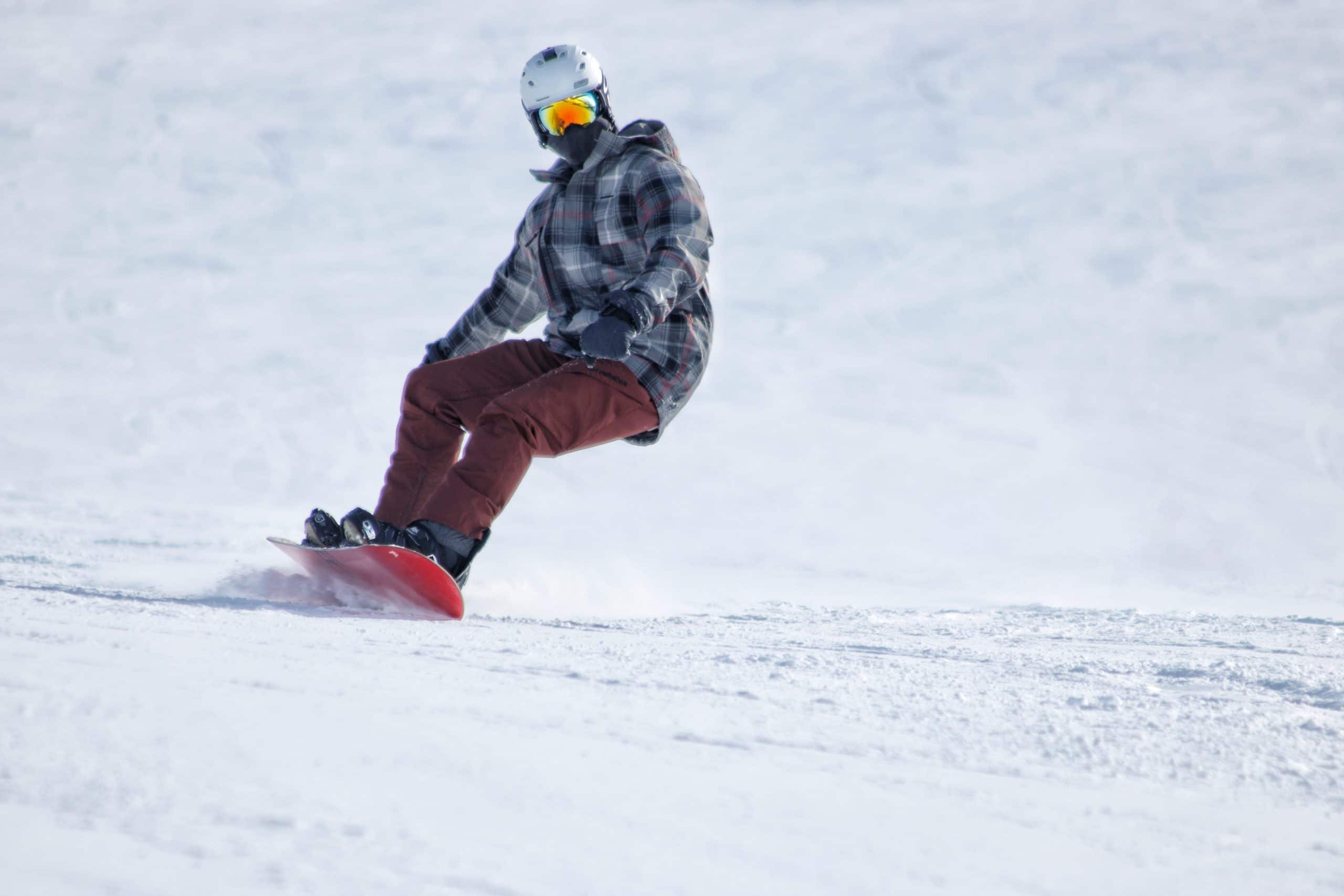
Carving boards are sometimes referred to as Alpine boards or race boards. They’re long and narrow, which makes them ideal for high speeds, stability and carved turns. Carving boards can only be ridden in one direction, and aren’t designed for tricks.
Carving the perfect corner can be tough for someone who is new to snowboarding as it takes exceptional skill and balance. I would practice on a free-ride board until you are confident with the high speeds that come with using a carving board.
Powder boards:
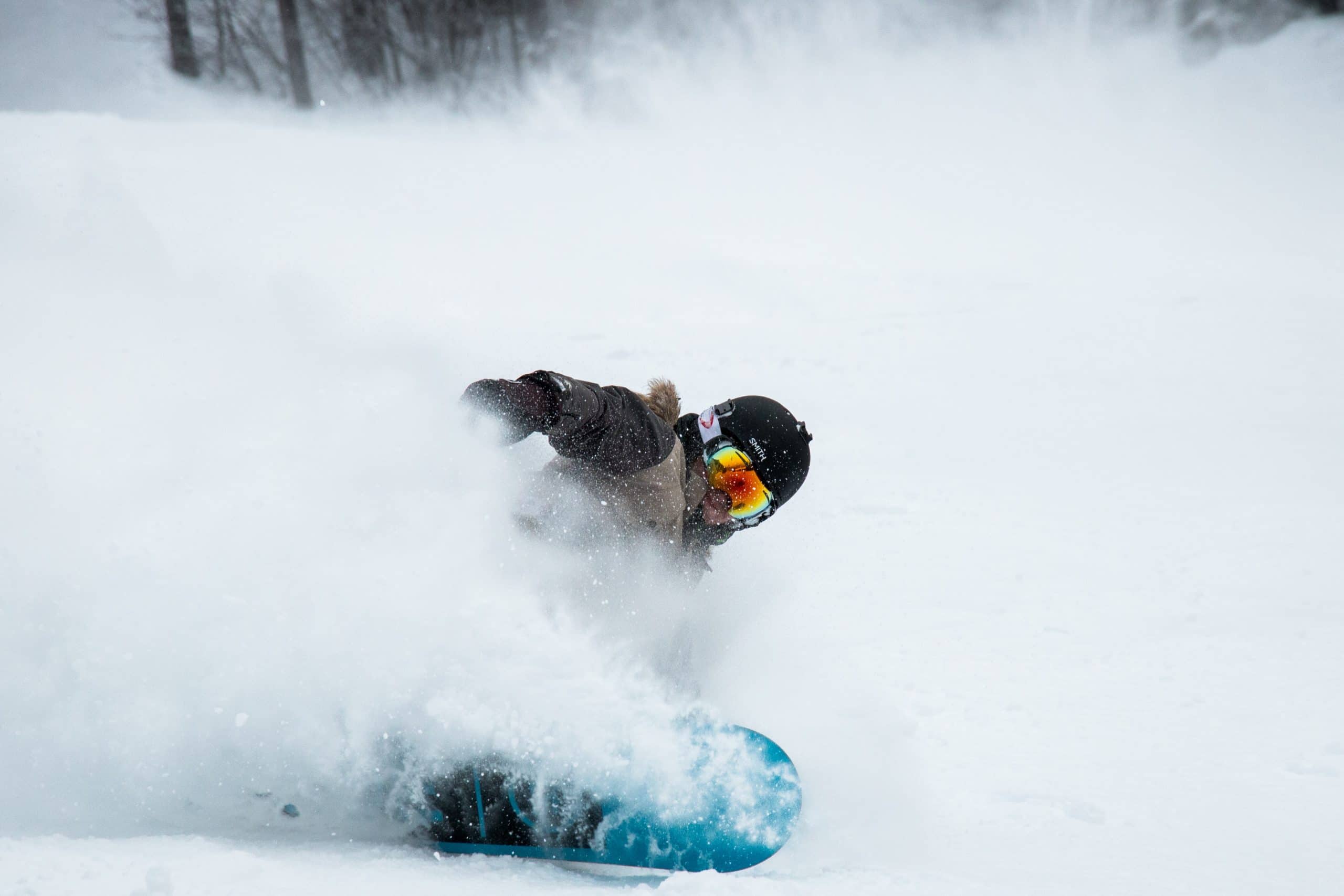
Powder boards are, unsurprisingly, designed for snowboarding on ‘powder’, or thick , fresh snow. This means that they’re not good on compact, icy slopes. Powder boards are bound and shaped to make them ‘float’ on the snow and move easily in and out of snowbanks. They’re usually short and wide, with a large surface area with a large nose to keep the board level.
It’s only worth getting a powder board if you’re either only interested in snowboarding on powder or you already have a collection of other boards. They’re much more specialist than other types of board, so you won’t be able to use them in other areas. You should also be aware that they’re quite fast and only advanced riders will be able to ride them.
Snowboarding Types – Definitions
Rocker: The rocker is the way the snowboard curves. Rocker snowboards are shaped like gentle ‘U’s, where the front and back parts (or nose and tail) are raised and between them is a small valley. Technically, any part of a snowboard that dips is referred to as the rocker. Rockers are also called ‘reverse cambers’, ‘anti cambers’, ‘bananas’ and ‘continuous rockers’.
Camber: The camber is a more curvy snowboard. Imagine a flat plank of wood. Now picture the middle part of it popping up, like a very gentle hill. Then turn the ‘front’ and the ‘back’ part of the wood up, like little lips. It’s like a really softened ‘W’ shape. The term ‘camber’ can refer to any part of the snowboard that is raised. Some people also refer to this shape as the ‘traditional camber’.
Camber- hybrid: A hybrid camber is like a regular camber but with more dips. Imagine the ‘W’ shape of a regular camber, and then add another ‘V’ on each end.
Park: It’s just where you snowboard. Technically called a ‘terrain park’, this is an area for snowboarders, skiers and snow bikers.
True twin shape: True twin shape snowboards are designed to be completely symmetrical, with the nose and tail the same length. They also have binding inserts to center the board.
Directional snowboard: A directional snowboard also has binding in it. They’re set back, so you can ride your board in a more natural stance. Directional boards have stiff tails and longer noses.
Directional twin: A directional twin snowboard is like a true twin because they both have symmetrical noses and tails. However, on a directional twin the tail is stiffer.
Tapered directional: Tapered directional snowboards have wide noses and thinner tails. This means that the nose rises above the snow and the tail sinks into it, especially when you’re in deep powder. The exact proportions depend on the particular model, and tapered snowboards are fairly specialised so you can’t use them everywhere.
Jibs: A ‘jib’ is a snowboarding trick. You jump onto an object like a box or some rails, glide along and then land safely back on the snow. It’s similar to grinding on a skateboard. ‘Catching air’ is when a snowboarder is in between the snow and the box.
Freestyle: Freestyle snowboarding is where the snowboarder does tricks and jibs. It’s fairly popular and was added to the Winter Olympics in 2014.
Base-extruded:Extruded base snowboards are usually cheap and not particularly good quality. They’re often less durable but easy to repair.
Base-sintered: Sintered base snowboards are more expensive and better than extruded base snowboards. They’re manufactured in a different way, so they’re more porous and retain wax better. Sintered bases can go faster and they’re more durable, but if they do get damaged they’re harder to fix.
Top tips when it comes to choosing the right snowboard types
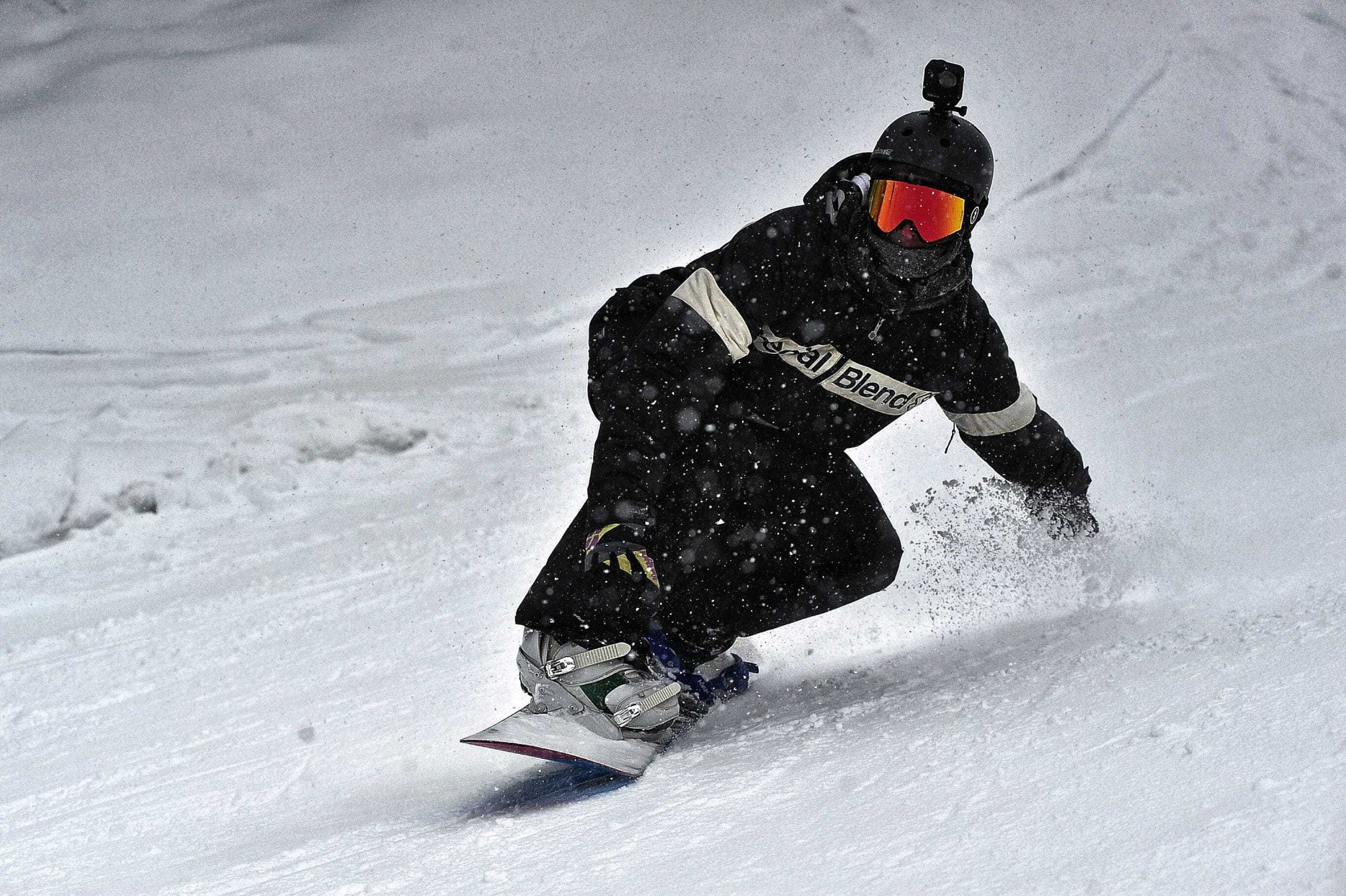
Try before you buy: When you’ve decided to start snowboarding and considered what type of board you’d like, see if there’s somewhere that will let you try one out before you actually purchase it.
Winter sports stores and ski hires in resorts may have equipment specifically for this purpose, and you can find online snowboard rental. You can also go for lessons with snowboards included so you can try out a few different options if you’ve not settled on a style yet.
Listen to good advice: Between snowboarding lessons, chats with fellow snowboarders (in person or online) and information from snowboard salespeople, there’s lots of opportunities to get good advice on which snowboard to buy- and about snowboarding in general! Utilise this and find out what people with more experience would recommend for you.
Choose a board that’s the right length: There’s a very simple way to check if your snowboard is too tall or too small: stand it up on the back and if the nose touches your lips, it’s probably right. Doing this will eliminate a lot of boards and speed up your shopping! If you’re a beginner you should err towards shorter boards, as they’re easier to guide. If you’re more experienced and want to go faster, find a longer board.
Look at your feet: Not whilst you’re actually snowboarding, though! If you have feet over size 11, you may want to consider getting a wider board. This means that your feet don’t hang over the edge and slow you down.
Would you like a women’s board?: If you’d like to buy a ‘women’s’ board, it’ll be a scaled down version of the regular. It’s designed for people who are lighter and have smaller feet, and they’re getting increasingly popular. This doesn’t mean that women can’t use regular boards, but make sure that it’s the correct measurement for you.
Wrapping it up
Snowboarding is an amazing activity. It boosts flexibility, strengthens your core muscles, improves your mood and relieves stress. We hope that this helps you pick out the right board for you, or even just helps you understand what people are talking about when they discuss different types of snowboard! There can be a fair amount of jargon and confusion, so take time to ask if you don’t understand and learn lots. Good luck!
Remember whilst you’re carrying out your snow boarding research, you’ll need to know what to wear. For example your base layers & gloves.
Other related snow posts:

